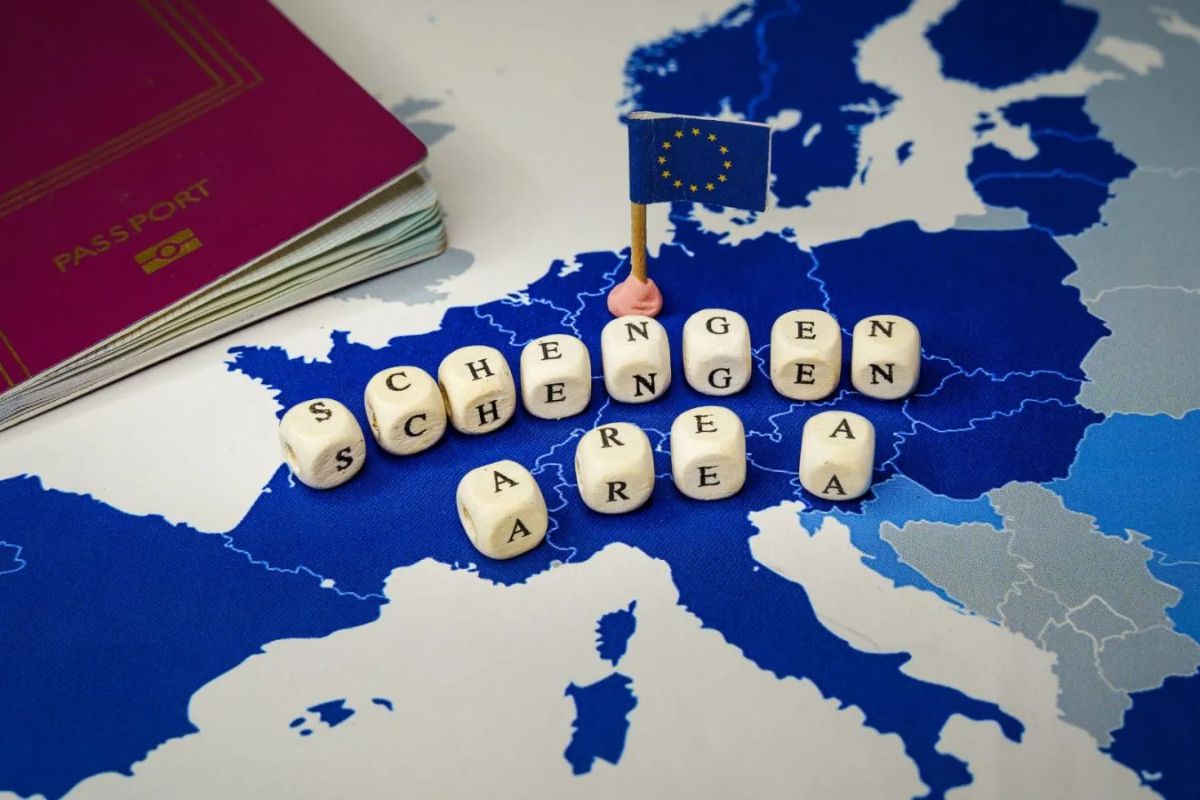
If you have plans to travel to Europe anytime soon it would be helpful to know about the Schengen Agreement and the countries that fall under it. Through this agreement travellers can travel from one country to another within the Schengen Area without having to apply for individual visas for each country.
Learn more about the Schengen Area countries and how you can travel to these countries, in the article below.
Table of Contents
List of Countries in Schengen Zone
The following are the 29 countries included in the Schengen region:
| Austria | Liechtenstein |
| Belgium | Lithuania |
| Bulgaria | Luxembourg |
| Croatia | Malta |
| Czechia | Netherlands |
| Denmark | Norway |
| Estonia | Poland |
| Finland | Portugal |
| France | Romania |
| Germany | Slovakia |
| Greece | Slovenia |
| Hungary | Spain |
| Iceland | Sweden |
| Italy | Switzerland |
| Latvia |
Understanding the Schengen Agreement
This agreement is essentially a treaty that resulted in the creation of the Schengen Area in Europe. This area has largely abolished checks across internal borders and the agreement was signed on 14th June 1985. It came into effect a decade later with all member countries of the European Union, except Ireland and the U.K., joining in over time.
European countries outside the EU have also joined this agreement, including Iceland, Switzerland and Norway. However, the U.K. has left the European Union, which also means that it might not be a part of the Schengen Region in the near future.
Why is the Region Named ‘Schengen’?
The original 1985 Schengen Agreement was signed in a town called Schengen in Luxembourg (southeast), where the Netherlands, Luxembourg, France, Belgium and Germany signed this treaty first. Today, there are a total of 29 countries in the Schengen Area according to this agreement.
Is a Visa Mandatory to Travel to Schengen Region Countries?
Yes, a visa is compulsory before entering the Schengen countries. This Schengen visa is the only way to enter countries that belong to the Schengen region.
Also, if you are travelling from India, you need Schengen travel insurance to get your visa to visit any country that falls within the Schengen region. However, the U.S.A. and the U.K. have visa-free travelling arrangements for their citizens, and since 2022, they have required ETIAS authorisation to enter the Schengen countries.
What Does it Mean to Travel to Countries under the Schengen Area in Europe?
This agreement has resulted in the abolishment of borders that are common to countries within the Schengen region. Consequently, travellers have the freedom to travel from one country to another and cross borders without any border control.
In short, there are no formalities to fulfil when you have once entered the Schengen Area after completing your Schengen visa formalities initially. The point to remember is that the European Union and the Schengen Area are not the same zones.
The transportation network in Schengen countries is robust, with road, rail and air connections for convenient travel between countries so that travellers can easily explore various regions under this area.
Conclusion
Schengen countries require visitors from non-European countries to fulfil a common set of entry requirements (visa), including a valid passport, purchasing travel insurance online or offline, sufficient monetary funds as well as a return ticket. Visitors may have to provide additional documents such as proof of study or employment, a letter of invitation or hotel reservations in order to gain entry into the Schengen countries.